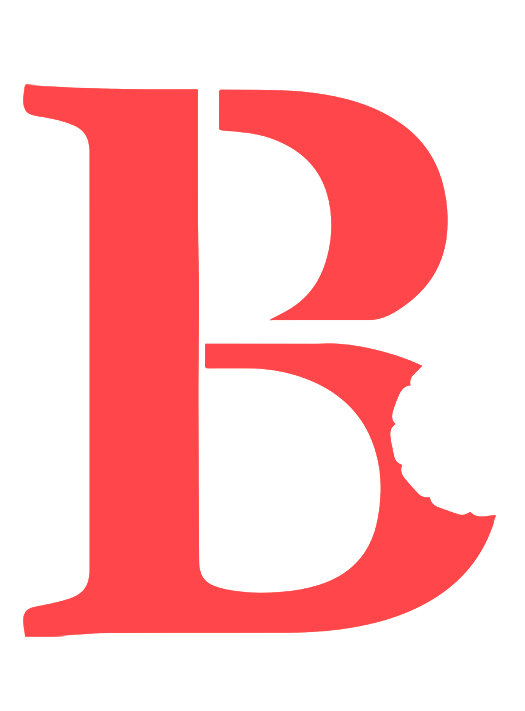Digital Marketing Terms: What is the Difference Between Inbound and Digital Marketing?
These digital marketing terms are thrown around so often in marketing blogs that it may seem that the two are interchangeable. But while they include many of the same elements, these two terms are not the same thing.
Put simply, the major difference is this. Digital marketing refers to any and all types of marketing that take place on a digital platform. But inbound marketing is a very specific type of digital marketing strategy.
Obviously, though, there's more to be said about the specifics of inbound marketing and how it relates to digital marketing. That's why we've written you a detailed explanation below. To fully understand the difference between these two terms, read this comprehensive guide.
What Is Digital Marketing?
Digital marketing is an all-encompassing term for any software-based marketing on any digital platform. This includes any advertising campaign that is viewed on any website, browser, or app and on any digital device from smartphones to desktop computers.
Not only this, it includes any and all digital marketing strategies, campaign types, and methodologies. The most common digital marketing campaigns you hear about are:
Search engine optimization (SEO)
Pay-per-click (PPC) advertising, including ads on websites, in apps, or on search engine result pages (SERPS)
Content marketing
Affiliate marketing
YouTube/video marketing
Social media marketing
Email marketing
SMS marketing
But, again, digital marketing is a general term that doesn't imply any specific strategy. Any one of these strategies on its own counts as digital marketing. But your digital marketing campaign may include more than one or even all of these strategies.
In the same way, digital marketing is not specific to a particular marketing philosophy or methodology.
What is Inbound Marketing?
That last point is what makes inbound marketing different from digital marketing in general. That is, inbound marketing is not a general term. It is a specific digital marketing methodology that requires specific tools and steps.
Inbound marketing has a primary goal of drawing in visitors and generating qualified leads. It focuses on providing high-value content for your specific target audience.
In contrast, many other digital marketing strategies target no one. They simply announce their message to every corner of the internet. But inbound marketing has a clear target and a clear goal.
Getting Started With Inbound Marketing
To get started with inbound marketing, it helps to first cover some digital marketing basics. Specifically, get your website up and running, optimize it with up-to-date SEO strategies.
Also set up and optimize your Google My Business page. If you're a local business, you should especially optimize for Google Maps.
These steps help draw in visitors in general. Next, you must close in on your target audience.
Find out who your ideal customers are, what they like, how they talk, when and where they spend time online, their purchasing habits, etc. This you can do with market research and social media listening.
Then, provide helpful, high-quality content crafted just for them. If your audience is bilingual, you should hire a digital marketing agency that does bilingual inbound marketing.
Finally, qualify leads by continually following up. Encourage email/SMS signups plus live and/or chatbot support on your website.
Digital vs Inbound Marketing: Know Your Digital Marketing Terms
Now that you know the difference between these digital marketing terms, use this knowledge to start your own campaign. We at Big Bite Marketers believe that the inbound marketing methodology is your best digital marketing option.
We know well the amazing benefits and impressive results of inbound marketing. As such we're glad to give you all the help you need.
Let us know how we can help you and we'll get back to you promptly.

